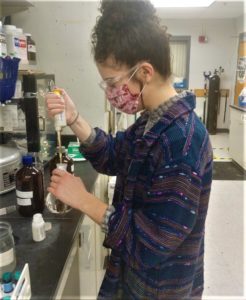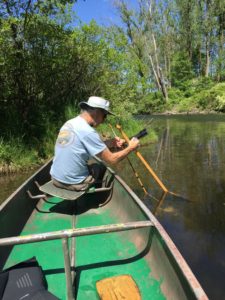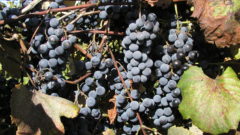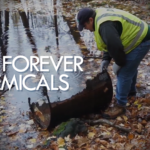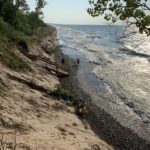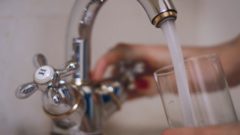Indiana Dunes beaches reopened after closed again due to apparent oil sheen on Lake Michigan
The beaches at Indiana Dunes National Park were back open Friday after they were closed for the second time in two weeks because of discharge from U.S. Steel Midwest. This discharge and beach closure comes weeks after a federal judge approved a revised settlement with the company, more than four years after the Portage plant discharged wastewater containing a potentially carcinogenic chemical into the Burns Waterway. Read the full story by WLS-TV – Chicago, IL.
Great Lakes Commission
https://www.glc.org/dailynews/20211011-oil-beaches


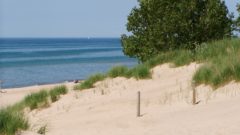


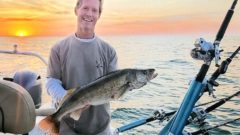
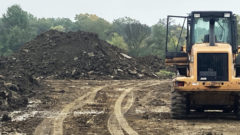
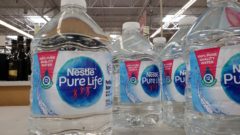
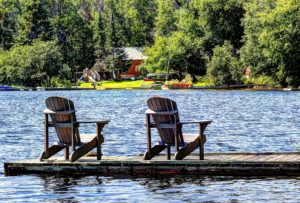 Oct. 6, 2021
Oct. 6, 2021